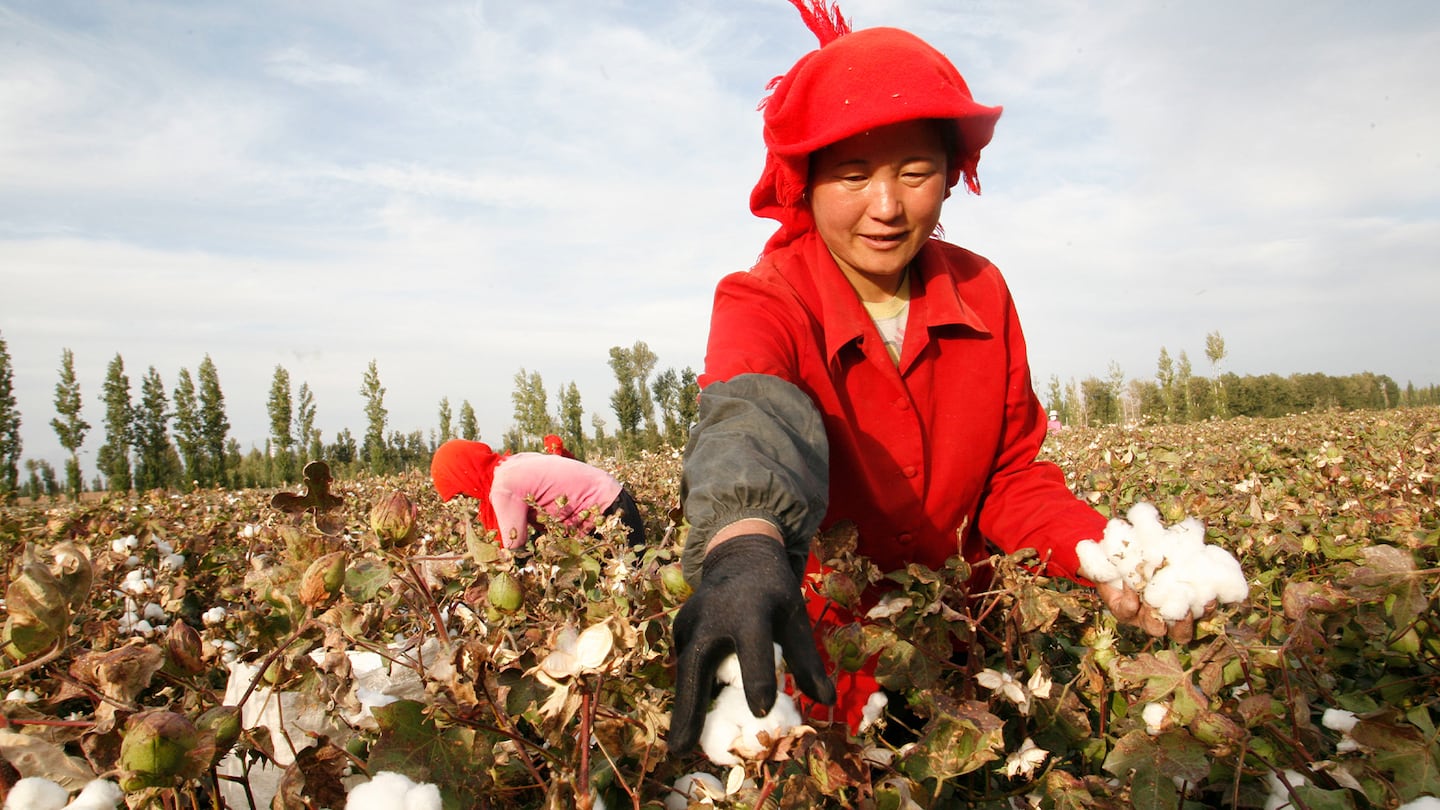
The Business of Fashion
Agenda-setting intelligence, analysis and advice for the global fashion community.

Agenda-setting intelligence, analysis and advice for the global fashion community.

Despite legal manoeuvres designed to block cotton sourced from the Chinese region from entering the fashion supply chain, and specifically the US market, problems with transparency mean some companies could still be unwittingly using it.
A study released in December by Sheffield Hallam University’s Helena Kennedy Centre for International Justice found the “laundering” of cotton from Xinjiang has become a widespread practice, with the raw materials exported from China to manufacturers in intermediary countries such as Indonesia, Sri Lanka, Bangladesh, Vietnam, India, Pakistan, Kenya, Ethiopia, and Mexico before being sold on to brands that are potentially unaware of the raw material’s provenance.
According to the centre’s report entitled “Laundering Cotton: How Xinjiang Cotton is Obscured in International Supply Chains”, manufacturers in those countries supply more than 100 global fashion brands, which are “at high risk of having Xinjiang cotton in their supply chains”.
In the days before Christmas, US President Joe Biden signed into law legislation that bans imports from Xinjiang to the US, due to concerns about forced labour.
ADVERTISEMENT
The move comes following the passage of the Uyghur Forced Labor Prevention Act by the US Senate and House of Representatives in recent weeks. The new law presumes that all products from Xinjiang are tainted by forced labour unless “clear and convincing” evidence proves otherwise.
The act is an extension of previous moves to block imports of products from Xinjiang to the US, most notably, the US Customs and Border Protection’s Withhold Release Order, issued in January 2021, which already carried the same assumption of forced labour involvement, specifically for cotton, tomato and some polysilicon products, sourced from Xinjiang.
“[The law] is a very important step but it basically triggers a lot of follow-ups,” German Researcher Adrian Zenz told Sourcing Journal. “There’s a great need now to increase the capacity of the enforcement authorities. Source tracing mechanisms have to be strengthened — it almost has to be made a requirement.”
Learn more:
What the Latest Clampdown on Xinjiang Cotton Means for Fashion
New policies on both sides of the Atlantic mean businesses will likely have to prove their supply chains do not pass through the Chinese region, where the reported detention of Uighurs in forced labour camps is rife.
With consumers tightening their belts in China, the battle between global fast fashion brands and local high street giants has intensified.
Investors are bracing for a steep slowdown in luxury sales when luxury companies report their first quarter results, reflecting lacklustre Chinese demand.
The French beauty giant’s two latest deals are part of a wider M&A push by global players to capture a larger slice of the China market, targeting buzzy high-end brands that offer products with distinctive Chinese elements.
Post-Covid spend by US tourists in Europe has surged past 2019 levels. Chinese travellers, by contrast, have largely favoured domestic and regional destinations like Hong Kong, Singapore and Japan.